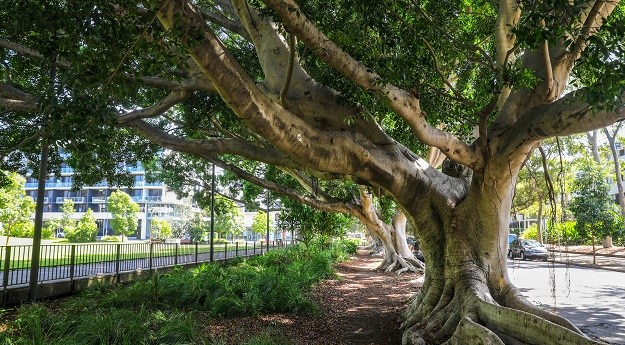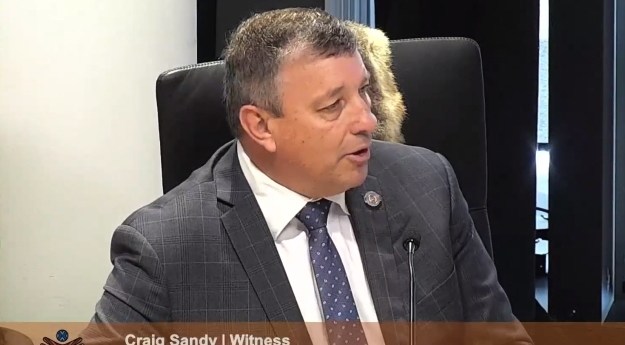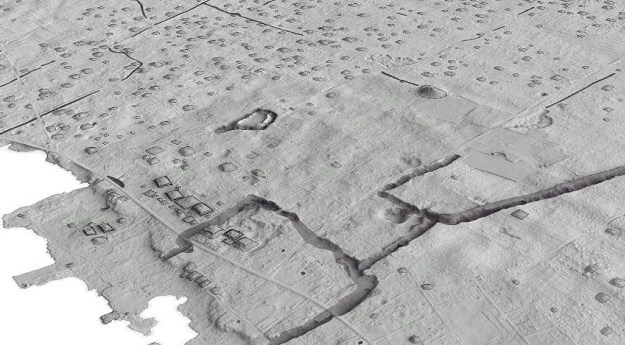Written by Alistair Towers
Like many geographers, I am excited about the Australian Bureau of Statistics’ impending release of the 2016 census data. The small area census data will bring certainty in numbers to our demographers, civic planners and social policymakers when it’s released on 27 June this year.
But the census is an expensive exercise, costing the Australian taxpayer around $470 million, or roughly $20 per head. Are we getting value for our money? And are there alternative ways to enumerate our population?
In Australia, we are lucky enough to be able to afford the luxury of a census every five years. Other countries count every ten years, or worse, sporadically when they can get funding to do so. Given the incredible rate of growth in the number of people alive on this planet, we can’t even seem to get close to an accurate population number.
The latest numbers from the United Nations puts the current world population at 7.3 billion, with a forecast reaching 10.9 billion by 2100. But other predictions differ markedly, such as Deutsche Bank, which believes the figure will only reach eight billion. Given that these numbers vary wildly by 2.9 billion (or a whopping 26.6 per cent), it goes to show how experts struggle with current methods of counting the planet’s population.
Now, imagine if we could count how many people lived on the planet every week or even every day? Well, soon technology will be able to make this possible. The coming together of machine learning algorithms and daily captured satellite imagery make this a very real possibility…
To discover the latest developments promising to count populations—including machine learning and real-time satellite imagery—read the rest of Alistair’s article, “What the World’s Population today?”, in the forthcoming Position magazine issue #89.
About the Author
Alistair Towers is the National GIS Manager at Urbis, a firm with the goal of shaping the cities and communities of Australia for a better future. The team at Urbis connects their clients in the public and private sectors across the areas of planning, design, policy, heritage, valuations, transactions, economics and research.















